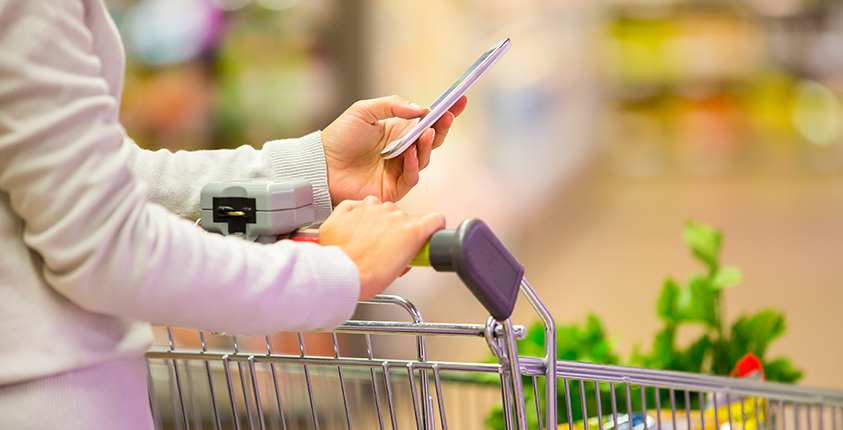Customer Service Tech: The Future of Customer Service is Now

Customer service used to be just about how nice someone was when they interacted with you – or a phone number that you called when they weren’t so nice. But traditional customer service has expanded into so much more. The “customer service experience” encompasses every interaction, or touch point, that a customer has with your company. And the tools at our disposal today? Amazing. The technology continues to grow rapidly, and one of the most frequent questions I hear is about the new technologies that are available to enhance the customer service experience.
Remember the first time a restaurant handed you a pager to alert you when your table was ready? It seemed so cool, but today, it’s not such a big deal.
And where there were once limited ways to communicate – in person, on the phone or by mail – the Internet changed all that. It began with email and has grown to include instant messaging, video chat, social media, texting and more.
More like this: Customer Service Goal — We Don’t Want You To Come Back
Companies employ some very sophisticated ways of tracking customers and their buying patterns, and then use the information to deliver a better customer experience. If you shop on Amazon, the site remembers what you looked at and purchased on your previous visit. And I love it when a hotel or restaurant remembers me and my preferences when I come again.
The new ways that a company can personalize the customer experience keep getting more precise. It has traditionally come through data collection, but now added to that is a cool new technology that has the ability to track customers through their mobile phones. You want to be helpful without being too intrusive, so it is important to get customers’ permission first, but if they are open to it, you can track and personalize the customer experience like never before.
By tracking the mobile phone, you know when a customer walks through your doors. Add the data that you have collected, and when the customer walks by an item that he or she previously purchased, the cell phone will receive an alert that the item is currently on sale. Perhaps the item isn’t even on sale for the general public, but the technology is able to offer a special price just for that customer at that moment.
Want more from Shep? See all of his posts here.
There is also a technology called “Directional Audio” that utilizes mobile phone tracking. It broadcasts personalized messages to a consumer based on where he or she is standing. The message will sound crystal clear to the customer, but others standing just a few feet away won’t even hear the message. It can even include the customer’s name. How cool is that?
The use of technology has become mainstream and it continues to expand into new areas. Most customers are willing to try new technology, just as they have embraced once-new ideas like text alerts and email messages. But the key is balance. It’s imperative to balance the customer experience with an overload of selling or marketing. While customer service may be one of your best marketing and sales strategies, marketing and sales are not always your best customer service strategies. Deliver value, and the customers will embrace your new technology and better customer service experience.
[latest_posts header=”More on Customer Service” limit=”” category=”18″]
